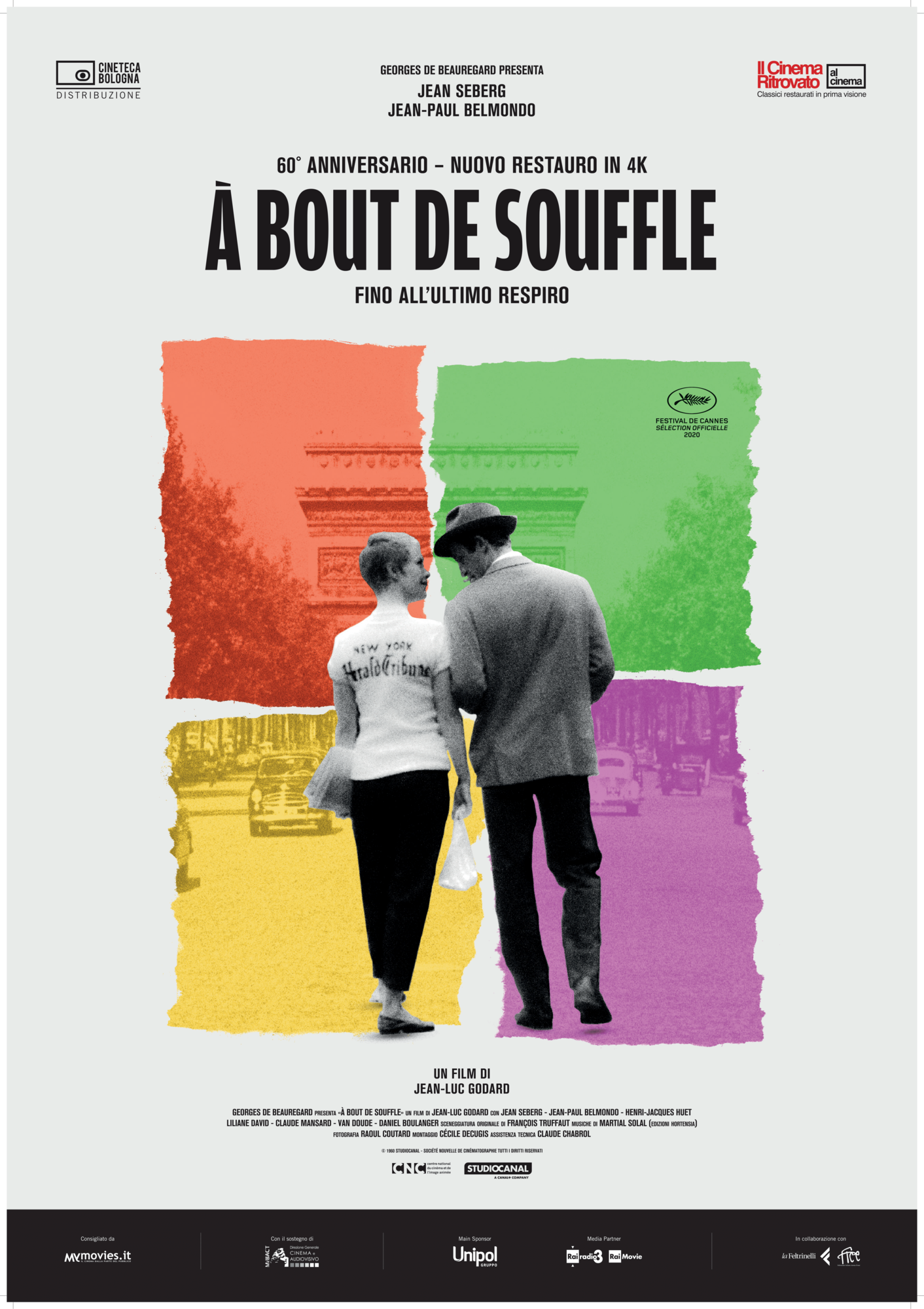 Start Cinema presenta
Start Cinema presenta


 GREEN
PROGRAM2022 NIGHTMARE LEGACY
GREEN
PROGRAM2022 NIGHTMARE LEGACY
Belmondo/Poiccard, petty murderer, runs amok to escape the police; Jean Seberg sells the Herald Tribune on the Champs Elysées, falls in love, betrays him. Low budget, lots of love for the American B-movie, car glances, jump-cuts, the euphoric feeling that everything is about to begin again. Unrepeatable, and forever young. "Until its last breath belongs, by its very nature, to the kind of film in which everything is allowed" (Jean-Luc Godard).
Among the most significant filmmakers of the second half of the 20th century and a leading exponent of the Nouvelle Vague, Jean-Luc Godard, who passed away in September this year, represented a marker of demarcation between eras and cultures in the history of cinema. Born in 1930 into an upper middle-class family, after irregular studies, he approached cinema in the late 1940s by frequenting the film library and Parisian film clubs with a group of friends (François Truffaut, Eric Rohmer, Jacques Rivette...). In 1951 he began to collaborate with the new magazine "Cahiers du cinéma," offering fervent critical writing, attentive to the aesthetic and moral reasons for cinema. With Until the Last Breath (À bout de souffle), his first feature film, he made a portrait of a young delinquent, shot in a nonchalant style, heedless of cinematic rules and standards and proceeding by digressions, visual and gestural gimmicks, pictorial and literary quotations, yet without forgetting the myths and models of cinema of the past.
